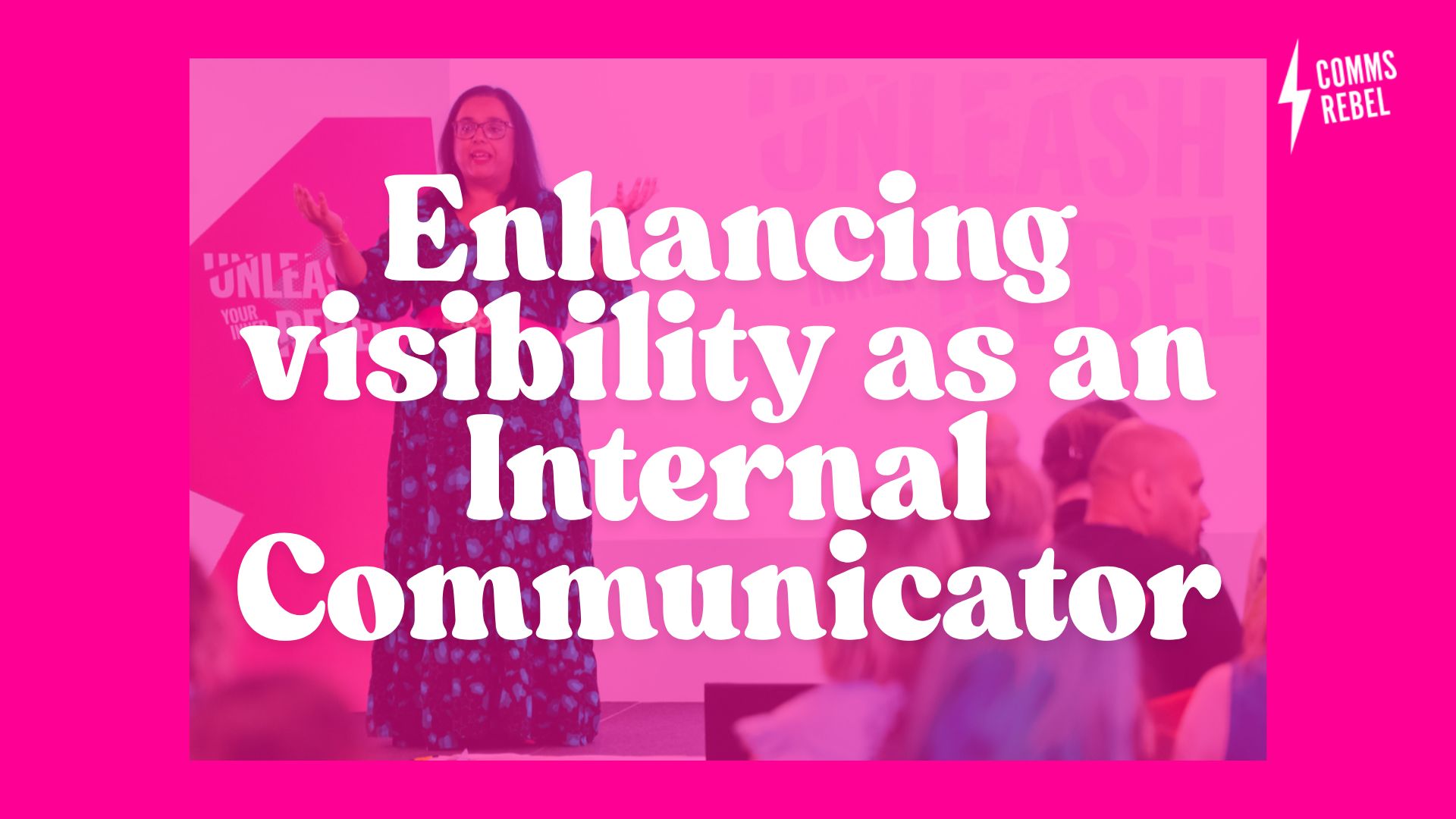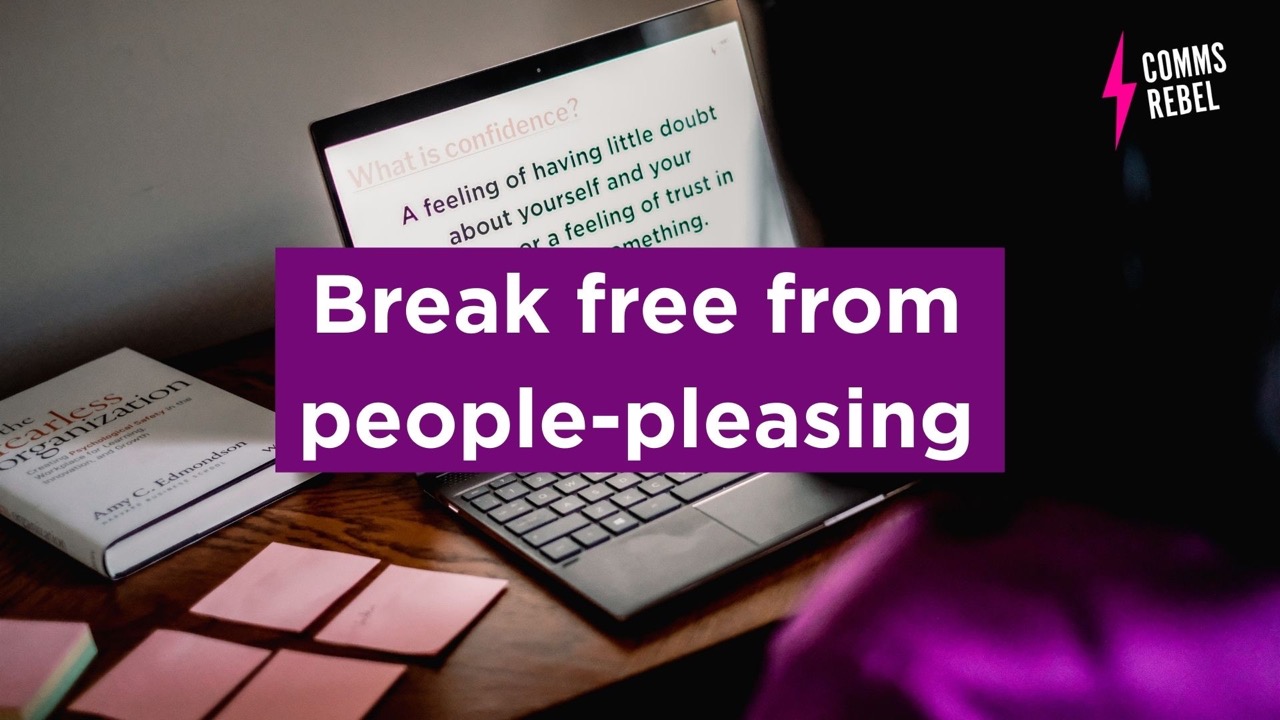Measurement – the one word that brings dread to some internal communicators. It’s an area that I’ve been particularly interested in for several years as I’ve seen the benefits it can bring. I’ve been to many conferences where communicators feel like they are not making the impact they would like to, or they can’t seem to make traction with their leaders. This, I believe, can be alleviated by demonstrating the value internal communication can bring to the business by using effective measurement techniques.
I’ve been in lots of discussions with people who say: “But we can’t measure everything, it’s impossible!”. I honestly don’t think it’s about measuring everything it’s about measuring the things that matter to the organisation. Too often we get distracted with trying to fix everything for everyone, but it’s important to take stock and think about the outcomes we are trying to achieve. We give up when it gets hard or when we get busy at work. I used to have a leader who always said: “But are you busy being a busy fool?” and this stuck with me for a long time.
I honestly don’t think it’s about measuring everything it’s about measuring the things that matter to the organisation
I didn’t want to be a ‘busy fool’. It was important to me to prove my value and more importantly prove that internal communication can influence the numbers that matter to the Board. To give you a kick-start, here are my top three tips on how to embrace measurement and how to make it work for you:
1) Make use of ‘why?’ or ‘so what?’. In my opinion these are the most powerful words we have as internal communicators. Not asking can bring uncertainty and lack of clarity on why we may be delivering something that doesn’t add value to the organisation. It’s not about being awkward or challenging but asking, why are we doing this and what outcomes do they expect to see? will help leaders reflect and think more deeply about the rationale, especially if significant costs are included. Also please remember that the onus shouldn’t always have to be with the IC team to think about the outcomes, leaders need to work with you to explain the behaviours they want to see changing. If they have clear outcomes, then it makes your job much easier.
2) Baby steps. If you’re new to data and numbers freak you out, then my advice is to pick one business objective your organisation has and focus on that area. For example, if the objective is to build a health and safety culture and to reduce incidents by 2% every year. Then try to find all the data you can on this area. Check with HR to see how many absences are related to workplace injury, work with your H&S team to see where these incidents take place and talk to your key influencers to see what they think about the safety culture in the organisation. These pieces of information will give you a good foundation to start pulling together your dashboard. Once you’ve launched your campaign, keep checking the data and adding it to your dashboard as this will demonstrate if the messaging is making a difference.
3) Skill up. I know it’s hard when numbers and data are not your strengths but it’s important to educate yourself on the basics. Not knowing how to do something is not the right reason to not do it. There is a lot of free information to support you when it comes to measurement. CIPR Inside published a guide to support internal communicators which if you’re an IoIC or CIPR member you will find on the CPD portal. If not, you can find a summary version here. Also don’t be afraid to ask for help, use the data crunchers in your organisation to explain how it all works, work shadow them for a while or ask them to give you a crash course.
Measurement can be a complex beast and it’s important not to let yourself get overwhelmed with all the data, numbers and verbatim. This can all take time and you won’t solve it overnight. If you want to talk about measurement in your organisation and if you need a bit of advice, then book in a free 30 minute call with me. We can work through it together.
If you have any top tips or advice, then please do share them via @advitap or @commsrebel over on Twitter.


